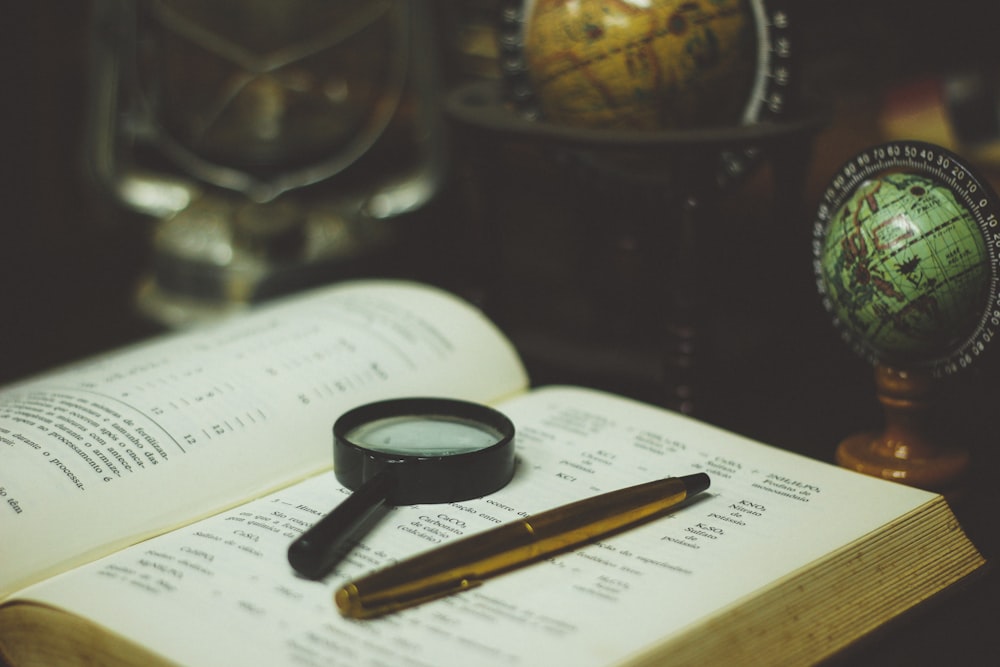
Want to join the Eat My News's global community? Here is an opportunity to join the Board of Young Leaders Program by Eat My News. Click here to know more: bit.ly/boardofyoungleaders
History of Urdu:
Urdu is an official language of Pakistan and still spoken in India. Its original name is Lashkari. The word ‘Urdu’ has been derived from a Turkic word ‘Ordu'. It has emerged from Braj Bhasha, which is purely an Indian language. Urdu developed in the 12th century CE from the regional Apabhramsha of northwestern India, serving as a linguistic modus vivendi after the Muslim conquest.
It is closely related to Hindi that originated and developed in the Indian subcontinent. They share the same Indo-Aryan base and are similar in phonology and grammar that they appear to be one language. In terms of lexicon, however, they have borrowed extensively from different sources—Urdu from Arabic and Persian, Hindi from Sanskrit—so they are usually treated as independent languages.
Urdu: Language of Muslims?
Perhaps this is not at all true and just a misconception. Before partition, Urdu was an equally spoken language as Hindi and used by various Hindu poets and authors as well. For example- Gulzar, Munshi Premchand etc. There are many words like ‘Badtameez’, ‘ Vaqt’, ‘Intezaar’, ‘Zindagi’ which are taken from Urdu language and still used now. There are Muslims who are spread all over the country. There are Bengali Muslims, Tamil Muslims, Bihari Muslims who do not speak or write in Urdu and still belong to the Islamic community.
Urdu is in fact a language of Hindustan. It belongs to those whose first words were in Urdu. It belongs to those whose sentiments and emotions are immersed in it. It is the language of echoes of blooded partition. Lastly, it is a language of love and poetry.
Imposing of Hindi and Banishment of Urdu At the Time Partition:
While the partition was on its way, there was an anti-colonial movement taking place in the country. Amidst the chaos of opposing religious views and scattered language differentiation, a hybrid (mixture) of Urdu and Hindi was promoted in order to integrate the people based on one language. Later on, this mixture was called as Hindustani.
But the partition happened. And so did the eradication (of Urdu). But not directly. Hindi was made the compulsory subject to be studied in all the elementary schools of India. A punishment with minimal ‘fine’ was chargeable in some areas if anyone was found speaking Urdu.
Hindi was being associated with the idea of the Hindu religion. The partition 1947 occurred based on religion i.e. between Hindus and Muslims and during the British rule, Hindi was considered to be the language of Hindus and so Urdu of Muslims. Initially, a majority of Hindu members were willing to give Hindustani the status of a national language.
However, many changed their positions due to the then-ongoing violence related to the partition. The sense of “otherness” and “their language” became stronger. As a result, Hindu lawmakers started demanding that Hindi be declared as the national language of India. Urdu still rules the Partition Literature (the subject taught in various parts of the world under English Literature Studies).
The most famous Urdu writers such as Saadat Hasan Manto, Gulzar, Ismat Chughtai, Faiz Ahmed Faiz, etc. are might be dead now but neither their literary works are dead nor the Urdu language is forever buried. The motive to eradicate Urdu is lost because these works carry the nightmare and the sentiments of people, parted away from each other, which are not to be found in a grave but in the memory, subconsciously hidden in the back of the mind.
Urdu has become a literary language only in recent centuries and Urdu literature boasts of some world recognized artists and a considerable corpus. Its first major poet was Amir Khosrow (1253–1325), who composed dohas (couplets), folk songs, and riddles. The best-known afsāna writers in Urdu are Munshi Premchand, Saadat Hasan Manto, Rajinder Singh Bedi, Krishan Chander, Qurratulain Hyder (Qurat-ul-Ain Haider), Ismat Chughtai, Ghulam Abbas, Rashid ul Khairi and Ahmad Nadeem Qasimi till Rahman Abbas.
Towards the end of last century, Paigham Afaqui's novel Makaan appeared with a reviving force for Urdu novel resulting into the writing of novels getting a boost in Urdu literature and many writers like Ghazanfer, Abdus Samad, Sarwat Khan and Musharraf Alam Zauqi have taken the move forward. However, Rahman Abbas has emerged as the most influential Urdu Novelist in the 21st century and he has raised the art of story-telling to a new level.
How the Urdu Language Still Manages to Prevail in India?
“United by sentiments, Parted by religious views", Urdu is still loved by the thousands in India. The lyricists use Urdu words in Bollywood romantic songs and I think no song can be deeply felt if it does not contain an Urdu word. Urdu is ‘ehsaas’ to relate things. The shayaris are fully constructed with loads of Urdu words and these words are irreplaceable.
There are numerous Urdu poetry festivals which take place in India eg- Jashna-e-Rekhta comprising of renowned artists and celebrities. There are many Urdu learning workshops also happening around the city. One can visit an exhibition on the Partition archive to see how normalized the language was back then. Also in every book fair, there are a sufficient number of stalls that promote works written in Urdu.
“Long lost memories are never forgotten,
They are just like shadows, non-detachable.
And never rotten.”
People of this country are obsessed with the idea of Urdu. You may blame Ghalib for his heart- touching shayaris or couplets, or just realize how beautiful the language is indeed. I once visited an Urdu poetry fest whereby I read this line-
‘agar ishq karna hai toh Urdu seekh li jiye,
Aur agar Urdu seekhni hai toh isq kar li jiye.’
Written by - Chavvi Gupta
Edited by - Nidhi Verma









0 Comments